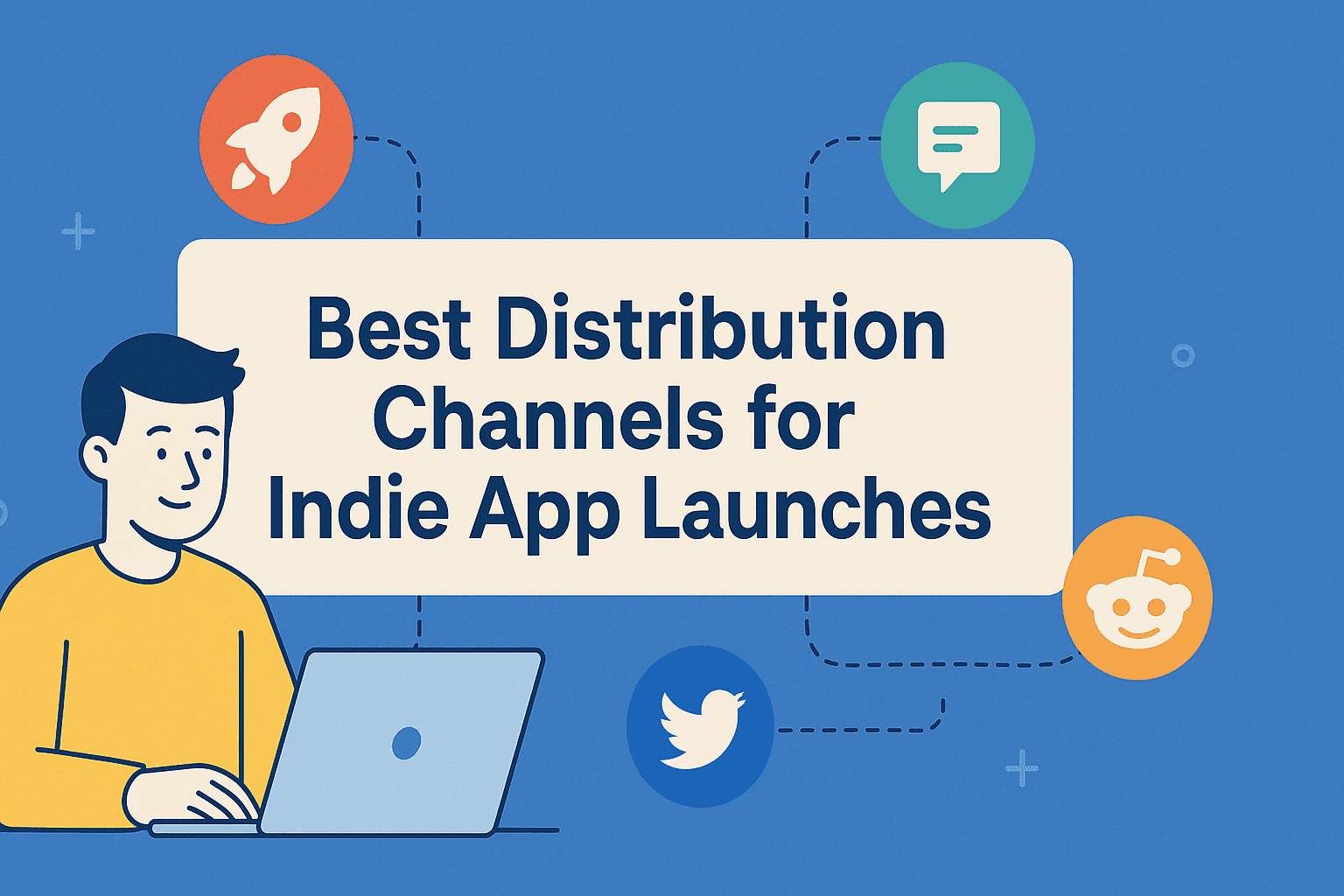As an indie app developer, launching your app can feel like a huge leap. You've spent months, or maybe even years, perfecting your idea and crafting the code. But when it comes time to launch, many developers stumble because they haven’t fully prepared for the marketing, audience-building, and post-launch tasks that go hand-in-hand with a successful release.
Here are five common mistakes indie app developers make during launch—and how you can avoid them.
1. Neglecting Pre-launch Marketing
The Mistake:
A lot of developers make the mistake of focusing solely on building their app and then expecting instant success once it’s launched. They often forget that marketing should start before launch.
Why It’s a Problem:
If no one knows about your app, no one will download it. A lack of pre-launch marketing means you’re missing out on opportunities to build excitement, create a waitlist, and gather early adopters.
How to Avoid It:
Start marketing your app months before the official release. Create a landing page with a waitlist, share behind-the-scenes content on social media, and reach out to early users for feedback. Consider creating a countdown to keep the hype alive. You can also use tools like CoLaunchly to help you plan and manage your pre-launch phase.
2. Skipping User Feedback During Development
The Mistake:
Many developers get caught up in perfecting every feature and assume that once the app is finished, it will automatically appeal to users. The reality is, not getting user feedback during development can lead to launching a product that doesn’t meet your audience’s needs.
Why It’s a Problem:
Without feedback, you might end up with an app that lacks essential features or doesn’t solve the right problems, leading to poor user retention after launch.
How to Avoid It:
Implement a feedback loop throughout your development. Use beta testers or an early access group to test features and give feedback. Be open to adjusting your app based on real user input. The more you can fine-tune your product based on feedback, the better your chances for success.
3. Underestimating the Power of a Soft Launch
The Mistake:
Some developers make the mistake of going all-in with a full launch, skipping the soft launch phase. They might assume that their app is ready to go, but often, there are still bugs or usability issues that need to be ironed out.
Why It’s a Problem:
A hard launch without any feedback or testing can lead to an influx of issues. If the app crashes, or the experience is subpar, you could lose users before they even get hooked.
How to Avoid It:
A soft launch is a great way to test your app in smaller markets or with limited audiences. This gives you the chance to work out bugs, improve user experience, and make adjustments before going fully public. Tools like TestFlight (for iOS) or using a closed beta can be invaluable during this phase.
4. Ignoring App Store Optimization (ASO)
The Mistake:
Some developers assume that once their app is live on the app store, it will naturally get discovered. However, app store optimization (ASO) is a critical factor in getting your app noticed.
Why It’s a Problem:
Without proper ASO, your app might get buried under the competition. Keywords, app descriptions, screenshots, and even your app name can affect how discoverable your app is.
How to Avoid It:
Optimize your app store listing by doing keyword research for your app’s category and including those keywords in your app name, description, and tags. High-quality screenshots and an engaging app preview video can also make a huge difference. Don’t forget to encourage reviews and ratings, as they play a key role in your app’s ranking.
5. Failing to Prepare for Post-Launch Marketing and Support
The Mistake:
Once the app is launched, many developers believe the hard work is over. They may neglect post-launch marketing, fail to engage with early users, or forget to track key metrics.
Why It’s a Problem:
The post-launch phase is just as critical as the pre-launch. If you don’t engage with users, gather feedback, and monitor your app’s performance, you could miss key opportunities for growth or risk negative reviews.
How to Avoid It:
Stay active after your launch. Monitor analytics, track user behavior, and collect feedback regularly. Continue to share updates, improvements, and new features on social media. Keep your users engaged and provide excellent customer support to foster positive reviews. You should also continue growing your audience through ongoing content marketing and community engagement.
Final Thought: Launching is Just the Beginning
The indie app launch is a thrilling moment, but it’s only the beginning of your app’s journey. By avoiding these common mistakes, you can increase your chances of success and set the stage for long-term growth. Remember, the key is preparation—starting early, testing often, and engaging with your audience every step of the way.
If you're ready to launch but need help planning your strategy, CoLaunchly can guide you through the process with a personalized launch plan, content templates, and much more. Get started today!




